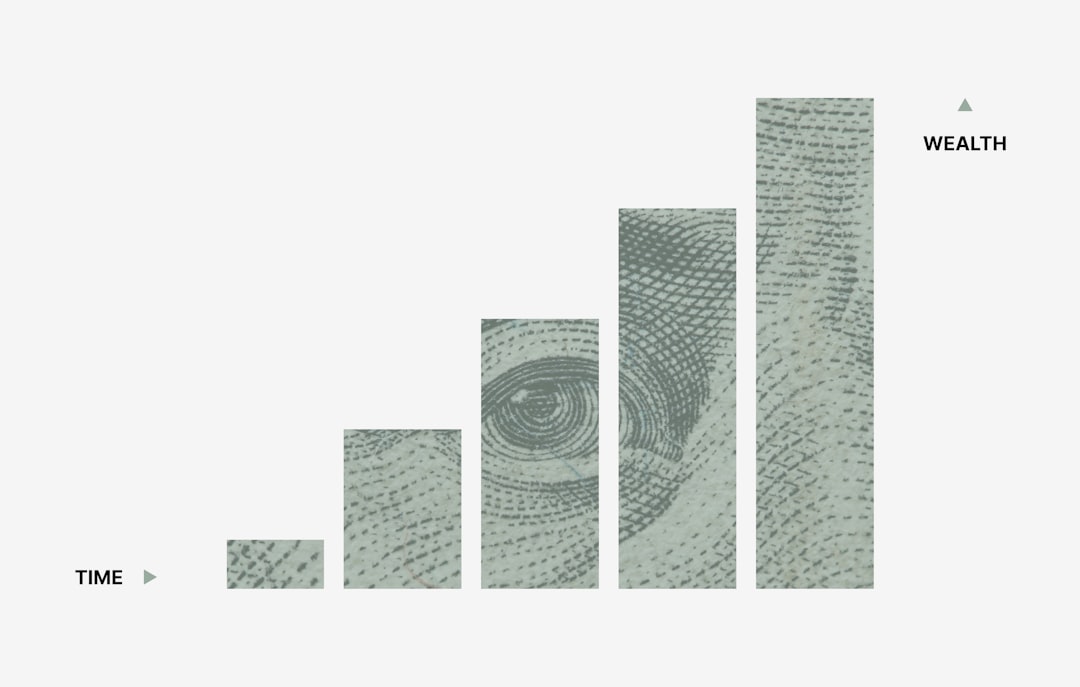New York City, often celebrated as a beacon of opportunity and diversity, is also home to one of the most pronounced income inequalities in the United States. The stark contrast between the affluent neighborhoods of Manhattan and the struggling communities in the Bronx or parts of Brooklyn paints a vivid picture of this divide. According to recent studies, the wealthiest 20% of New Yorkers earn more than 30 times that of the poorest 20%.
This disparity is not merely a statistic; it reflects a systemic issue that has deep roots in the city’s economic structure, historical policies, and social dynamics. The growing divide is exacerbated by various factors, including the high cost of living, which disproportionately affects low-income families. Housing, transportation, and basic necessities consume a significant portion of their income, leaving little room for savings or investment in education and health.
As the rich continue to accumulate wealth, the middle class shrinks, and the poor find themselves trapped in a cycle of poverty. This widening gap not only threatens the social fabric of the city but also poses challenges to its economic stability and growth.
Key Takeaways
- Income inequality in NYC is growing, with the top 1% earning 45 times more than the bottom 99%.
- Income inequality negatively impacts communities, leading to disparities in education, healthcare, and economic opportunities.
- Local policy solutions, such as increasing minimum wage and implementing affordable housing initiatives, can help address income inequality.
- Education plays a crucial role in bridging the income gap, providing opportunities for upward mobility.
- Affordable housing initiatives are essential for creating opportunities for low-income New Yorkers and reducing income inequality.
The Impact on Communities: How Income Inequality Affects New Yorkers
The ramifications of income inequality extend far beyond mere financial statistics; they permeate every aspect of life for New Yorkers. Communities with high levels of poverty often experience increased crime rates, lower educational attainment, and diminished access to essential services. In neighborhoods where residents struggle to make ends meet, the stress of financial insecurity can lead to a host of mental health issues, further compounding the challenges faced by these communities.
Moreover, income inequality fosters a sense of disenfranchisement among residents. Many feel that their voices are not heard in political and economic discussions that shape their lives. This alienation can lead to apathy and disengagement from civic activities, which in turn perpetuates the cycle of inequality.
As communities become more polarized, social cohesion diminishes, making it increasingly difficult for residents to unite and advocate for change.
Policy Solutions: Addressing Income Inequality at the Local Level

To combat income inequality effectively, local policymakers must implement comprehensive strategies that address its root causes. One potential solution lies in progressive taxation, where higher earners contribute a larger percentage of their income to fund public services and infrastructure. This approach could help redistribute wealth and provide essential resources to underserved communities, ultimately fostering greater equity.
Additionally, investing in job training programs and workforce development initiatives can empower low-income residents to secure better-paying jobs.
Furthermore, local governments can incentivize businesses to hire from within these communities, creating a more inclusive job market that benefits everyone.
The Role of Education: Bridging the Gap in NYC’s Income Inequality
| Education Level | Median Income | Income Inequality |
|---|---|---|
| High School Diploma | 35,000 | High |
| Associate’s Degree | 45,000 | Moderate |
| Bachelor’s Degree | 60,000 | Low |
| Master’s Degree | 75,000 | Very Low |
Education serves as a powerful tool for bridging the income gap in New York City. Access to quality education can significantly impact an individual’s earning potential and overall quality of life. However, disparities in educational resources often mirror income inequality, with affluent neighborhoods boasting well-funded schools while underprivileged areas struggle with inadequate facilities and limited access to experienced teachers.
To address this imbalance, it is crucial to invest in public education reform that prioritizes equity. This could involve increasing funding for schools in low-income areas, implementing mentorship programs that connect students with professionals in various fields, and expanding access to extracurricular activities that foster personal growth and development. By ensuring that all students receive a high-quality education, New York City can create a more level playing field and empower future generations to overcome economic barriers.
Affordable Housing Initiatives: Creating Opportunities for Low-Income New Yorkers
The housing crisis in New York City is a significant contributor to income inequality, as skyrocketing rents push low-income families further into poverty.
This could include increasing funding for public housing projects, implementing rent control measures, and incentivizing developers to create affordable units within new developments.
Moreover, community land trusts can play a vital role in preserving affordable housing options. By allowing communities to collectively own land and manage housing developments, these trusts can ensure that homes remain affordable for future generations. Such initiatives not only provide immediate relief for low-income families but also contribute to long-term community stability and resilience.
Access to Healthcare: Improving Health Outcomes for Low-Income Residents

Income inequality has profound implications for health outcomes among New Yorkers. Low-income residents often face barriers to accessing quality healthcare services, leading to higher rates of chronic illnesses and preventable diseases. To address this disparity, it is essential to expand access to affordable healthcare options for all residents, regardless of their income level.
One approach could involve increasing funding for community health centers that provide comprehensive services to underserved populations. These centers can offer preventive care, mental health services, and substance abuse treatment, all of which are crucial for improving overall health outcomes. Additionally, implementing policies that promote health equity—such as expanding Medicaid eligibility—can help ensure that low-income individuals receive the care they need without facing financial hardship.
Supporting Small Businesses: Boosting Economic Opportunities in Underserved Communities
Small businesses are often the backbone of local economies, providing jobs and fostering community engagement. However, income inequality can stifle entrepreneurial opportunities for low-income individuals who may lack access to capital or resources needed to start their own ventures. To address this issue, local governments can implement programs that support small business development in underserved communities.
This could include providing grants or low-interest loans to aspiring entrepreneurs, offering business training workshops, and creating mentorship programs that connect new business owners with experienced professionals. By empowering individuals to start their own businesses, cities can stimulate economic growth while simultaneously addressing income inequality.
Investing in Infrastructure: Creating Jobs and Economic Growth in NYC’s Underserved Areas
Infrastructure investment is another critical avenue for addressing income inequality in New York City. By prioritizing projects in underserved areas—such as transportation improvements, public parks, and community centers—local governments can create jobs while enhancing the quality of life for residents. These investments not only provide immediate employment opportunities but also lay the groundwork for long-term economic growth.
Furthermore, infrastructure projects can attract new businesses to these areas, fostering economic development and increasing access to essential services. By focusing on equitable infrastructure investment, cities can help bridge the gap between affluent neighborhoods and those struggling with poverty.
The Importance of Fair Wages: Ensuring Equitable Pay for NYC Workers
Fair wages are fundamental to addressing income inequality in New York City. Many low-income workers struggle to make ends meet despite working full-time jobs due to stagnant wages that fail to keep pace with rising living costs. To combat this issue, local governments must advocate for policies that promote fair pay practices across all industries.
Raising the minimum wage is one such policy that can have a significant impact on low-income workers’ lives. Additionally, implementing measures that ensure equal pay for equal work—regardless of gender or race—can help create a more equitable labor market. By prioritizing fair wages, cities can empower workers and contribute to reducing income inequality.
Encouraging Philanthropy: Mobilizing Resources to Support Low-Income Communities
Philanthropy plays a vital role in addressing income inequality by mobilizing resources to support low-income communities. Foundations and charitable organizations can provide funding for initiatives aimed at improving education, healthcare access, and economic opportunities for underserved populations. By partnering with local governments and community organizations, philanthropic efforts can create lasting change.
Moreover, encouraging corporate social responsibility among businesses can further amplify these efforts. Companies can invest in their communities by supporting local nonprofits or implementing programs that directly benefit low-income residents. By fostering a culture of giving back, cities can harness the power of philanthropy to combat income inequality effectively.
The Role of Advocacy: Empowering New Yorkers to Address Income Inequality
Advocacy is essential in the fight against income inequality in New York City. Grassroots organizations and community leaders play a crucial role in raising awareness about the challenges faced by low-income residents while pushing for policy changes that promote equity. By empowering individuals to share their stories and engage in advocacy efforts, communities can amplify their voices and demand action from policymakers.
Furthermore, collaboration among various stakeholders—including government agencies, nonprofits, and community organizations—can strengthen advocacy efforts and create a unified front against income inequality. By working together towards common goals, New Yorkers can drive meaningful change and build a more equitable city for all residents. In conclusion, addressing income inequality in New York City requires a multifaceted approach that encompasses education reform, affordable housing initiatives, healthcare access improvements, support for small businesses, infrastructure investment, fair wage policies, philanthropy encouragement, and robust advocacy efforts.
By tackling these interconnected issues head-on, New Yorkers can work towards creating a more equitable society where everyone has the opportunity to thrive.
In recent years, the issue of income inequality in New York City has garnered significant attention, with various studies and reports highlighting the growing disparity between the wealthy and the lower-income residents. A related article that delves into the geographical aspects of this inequality can be found on MyGeoQuest. This article provides an insightful analysis of how income distribution varies across different neighborhoods in NYC, shedding light on the socio-economic factors contributing to this divide. For more detailed information, you can read the full article by visiting MyGeoQuest.
WATCH THIS! The Real Cost of NYC Living: Your Wallet, Sanity, and Subway Survival Skills
FAQs
What is income inequality?
Income inequality refers to the unequal distribution of income among individuals or households within a specific area or population. It is often measured using the Gini coefficient, which ranges from 0 (perfect equality) to 1 (perfect inequality).
How is income inequality measured in NYC?
Income inequality in NYC is often measured using the Gini coefficient, which takes into account the distribution of income among individuals or households in the city.
What are the factors contributing to income inequality in NYC?
Factors contributing to income inequality in NYC include disparities in education, employment opportunities, access to affordable housing, and systemic discrimination based on race, gender, and socioeconomic status.
What are the effects of income inequality in NYC?
Income inequality in NYC can lead to disparities in access to quality education, healthcare, and other essential services. It can also contribute to social and economic instability within the city.
What initiatives are in place to address income inequality in NYC?
NYC has implemented various initiatives to address income inequality, including affordable housing programs, workforce development initiatives, and efforts to increase access to education and healthcare for low-income residents.
How does income inequality in NYC compare to other cities?
NYC has higher income inequality compared to many other cities in the United States. The city’s Gini coefficient is often higher than the national average, indicating greater income disparities among its residents.
